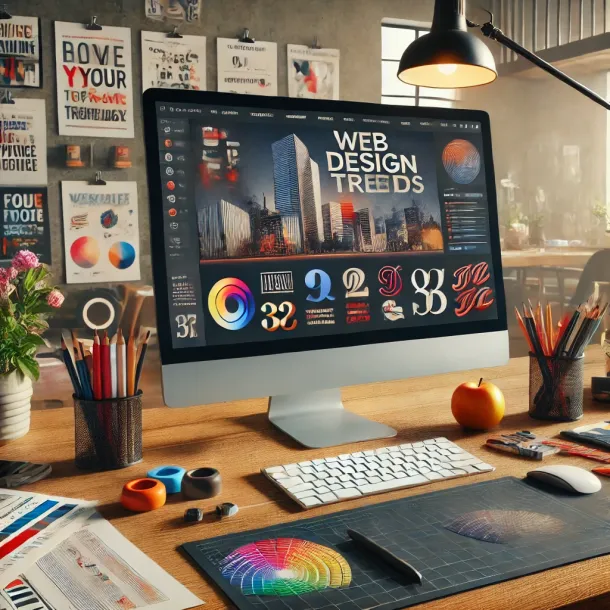Taking the First Steps in Design: Skills and Tools for Beginners
Taking the First Steps in Design: Skills and Tools for Beginners
Starting in design requires an understanding of basic skills and the right tools to bring ideas to life. This guide provides beginners with insights into the essential skills and software they need to start creating and building their design portfolio.
Essential Skills for Beginners
1. Color Theory
Color theory is vital for creating harmonious and appealing designs. Learn about complementary, analogous, and triadic colors to build palettes that evoke the right emotions and enhance visual appeal.
2. Typography
Typography affects readability and design tone. Practice pairing fonts and experimenting with different text sizes and weights to see how typography influences the overall composition.
3. Layout and Composition
A good layout organizes elements to create a logical flow. Basic composition techniques like the rule of thirds and grid layouts help beginners create balanced designs.
Software for Beginners
1. Canva
Canva offers a user-friendly interface with pre-designed templates, making it ideal for beginners. It’s useful for creating social media graphics, posters, and presentations.
2. Gravit Designer
This free, web-based vector design tool is great for those starting with vector graphics. Gravit Designer includes essential features for creating logos, illustrations, and more.
3. Figma
Figma is a collaborative tool ideal for UI/UX design. Beginners can explore its features to create web and app layouts while learning about user experience principles.
Conclusion: Starting Strong in Design
By focusing on color theory, typography, and composition, along with practicing in beginner-friendly software, you’ll establish a strong base in design. These initial steps will help you develop the skills and confidence needed for more advanced work.


